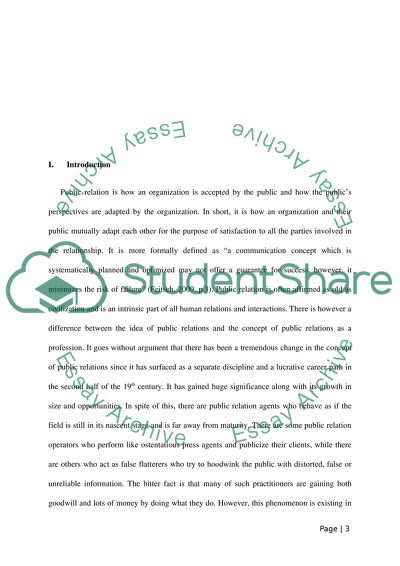Chinese public relations development and how public relations maintain Dissertation. Retrieved from https://studentshare.org/journalism-communication/1479298-chinese-public-relations-development-and-how
Chinese Public Relations Development and How Public Relations Maintain Dissertation. https://studentshare.org/journalism-communication/1479298-chinese-public-relations-development-and-how.


